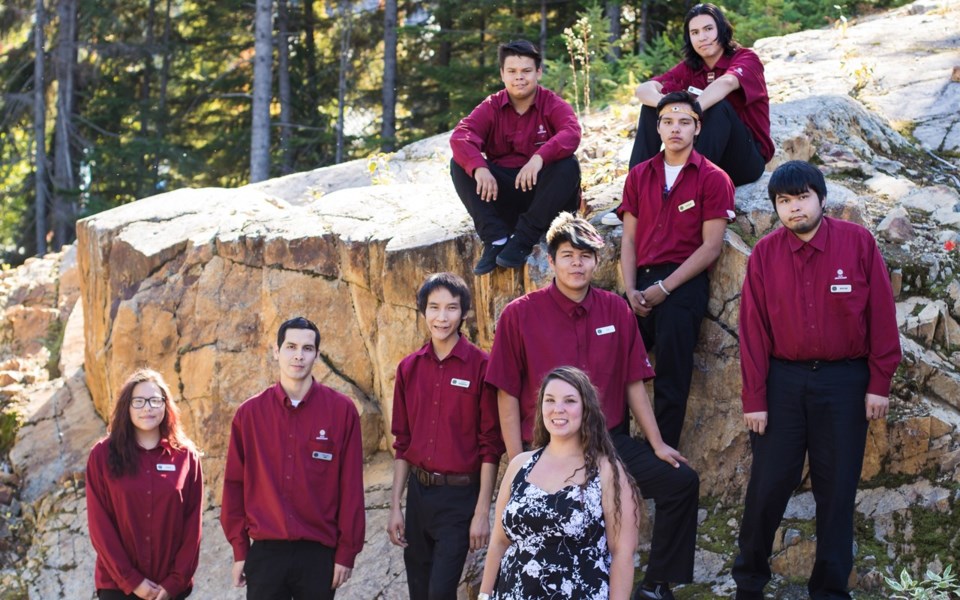The Canadian government has awarded the Squamish Lil'wat Cultural Centre (SLCC) $578,000 for its renowned Indigenous Youth Ambassador program, the single-largest grant the museum has ever received for education and skills development.
The funds, granted through the Youth Employment Strategy and Employment and Social Development Canada, will allow for 60 Indigenous youth to participate in the immersive cultural and business training program between now and March 2020.
"The Squamish Lil'wat Cultural Centre is a world-class cultural destination," said Sea to Sky MP Pamela Goldsmith-Jones in a statement. "A big part of its success is the Indigenous Youth Ambassador program, which provides skills training and cultural and protocol engagement for Indigenous youth. It is an honour to support the SLCC with renewed funding."
Executive director Brady Smith said "the biggest thing" the grant offers is a measure of financial stability for the program.
"Typically for this style of funding, organizations have to apply and then reapply every single fiscal year," he noted.
"What this does is it allows us to have a bit of breathing room."
The program is open to eligible Indigenous youth between the ages of 16 and 30, with members of the Lil'wat and Squamish nations given first chance to take part. Participants undergo three months of paid training in a wide range of skills and sectors at the museum and in the field.
"That's key to making sure that people are willing and able to work in all the different functional areas that we have in our building," explained Cheximiya Allison Burns-Joseph, program facilitator who was also one of its original participants before the SLCC opened its doors a decade ago. "It's amazing that they're able to get that core training, but also the experiences they have with community leaders that come in and share their hands-on experiences."
The ambassador program is the centrepiece of the SLCC's core mandate of employing First Nations youth. Participants must plan to either enter the workforce or an education program following completion, and, thanks to partnerships with several local companies, graduates have an avenue towards employment in the resort.
"Not only does it increase the ability for us to have young First Nations people working within our four walls here, but the training that each participant goes through ... allows them to understand what it's like to work in the resort of Whistler," Smith said. "For Whistler to be such a white, privileged community, I think diversifying our workforce is truly opening up the eyes of many organizations and leaders in the Sea to Sky."
Perhaps more important than the practical skills participants learn is the connection they gain to their respective culture, community and heritage.
"This helps bring us to a positive place where not only the visitors are experiencing our culture, but (the Indigenous youth) are able to be proud of who we are as individuals from each of our communities and to integrate the things that we learn here and bring them back to the community," said Burns-Joseph.
Since 2008, more than 500 First Nations youth have graduated from the program. Smith said it's not unusual to see a drastic change in participants over the course of the training.
"Participants realize throughout the 12 weeks that it's OK to be themselves," he said. "It's really, truly an amazing thing to see kids going from tremendously shy to outwardly outspoken in less than 12 weeks, and to realize that being an Indigenous person is a great thing."




